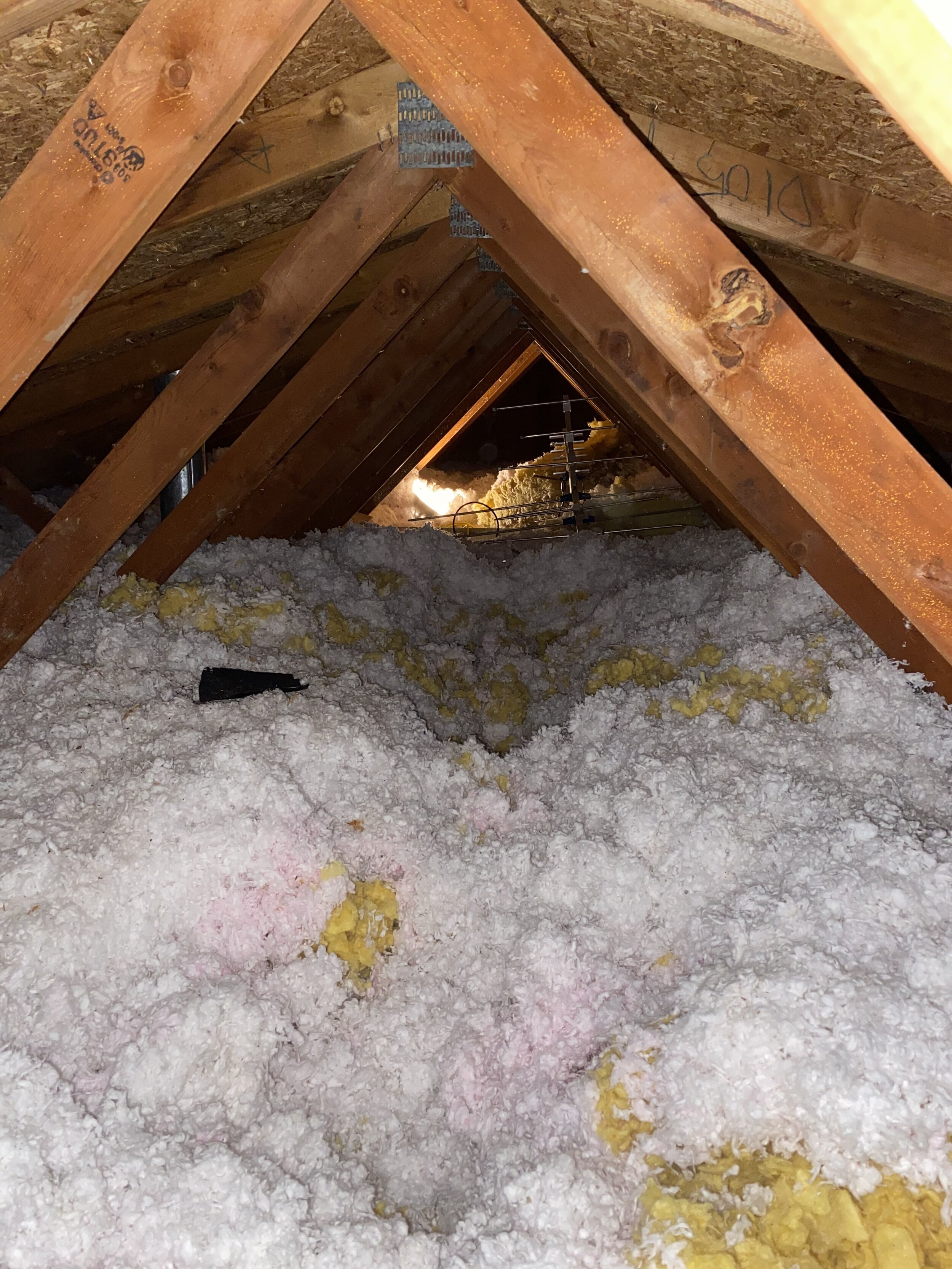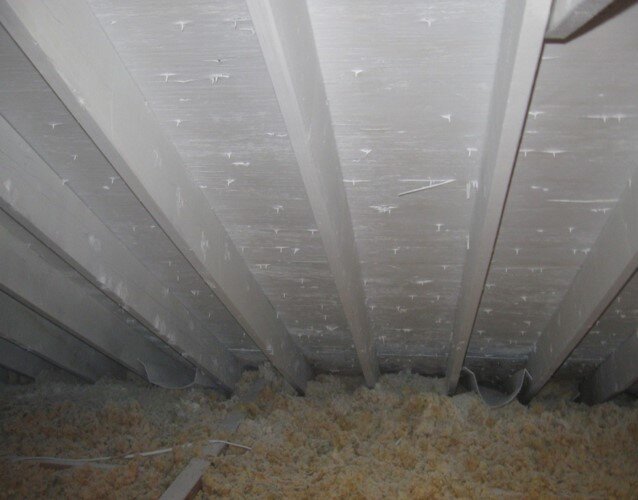ATTIC MOLD REMOVAL
Call today for a detailed inspection. 515-205-6653
Attic microbial growth, also known as mold, is a serious issue. Who thinks to look in their attic unless a recent roof leak has occured. Some might say that mold in an attic is out of sight therefore out of mind. The issue with mold in your attic is overtime the fungi may begin to rot your sheathing causing thousands of dollars of damage. Rotted roof sheathing makes your roof have soft spots and if not repaired will begin to rot out your trusses and structure of your roof. The only way to repair rotten sheathing is replacing your roof. If mold is found in your attic the removal of the mold is much cheaper than replacing your roof.
Baker Restoration Inspection Process
Our inspection process is thorough. When the certified mold inspector arrives, a list of questions will be asked including when the mold was noticed and what health hazards or damage has been caused. We will inspect your roof, exhaust fans, roof vents, your attic sheathing and attic insulation. Next, we will present an estimate and let you know what the moisture problem is and how much it will cost to fix and solve the moisture problem. Our goals include finding and fixing the moisture problem along with safely removing any mold in your attic. The above photos show the inspection, visible mold growth on attic sheathing, photo of what the sheathing looked like after treatment and finally the sealant process that is not required but is recommended.
What causes the growth in the first place other than a leaking roof?
1.) Exhaust fans not vented properly. Exhaust fans should always be vented out of the house. Unfortunately, many homes have bathroom exhaust fans vented directly into the attic. When a hot shower is taken the exhaust fan is typically used to reduce steam in the bathroom. If the exhaust fan vents into the attic and not out of the home than the hot air and steam from the bathroom goes directly into the attic. Since your attic is insulated the hot air especially in the winter months creates high humidity resulting in condensation. Condensation is water which collects as droplets on a cold surface when humid air is in contact with it. All mold needs to grow is water or moisture, oxygen and organic surfaces which serve as a food source.
2.) Poor ventilation. All attics should be ventilated properly to help reduce excess heat and moisture. In colder climates, like a normal Iowa winter, the warm air from the heated living space rises to the attic and comes into contact with the underside of the roofing sheathing also known as roof decking. When hot air comes into contact with the roof decking that is cold on the top side during the winter months condensation occurs leading to mold growth.
3.) Poor Insulation. Attics should have a minimum of 24 inches of insulation. If your attic is not properly insulated, again condensation occurs with the same result as a poorly ventilated attic. If you believe you have an insufficient amount of insulation in your attic or would like piece of mind, call today for a detailed inspection.
Baker Restoration and Remodel LLC 515-205-6653




